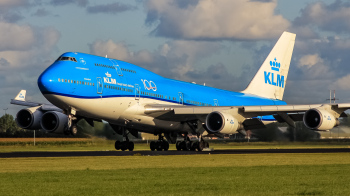The De Havilland Mosquito is an iconic British twin-engine, multi-role combat aircraft developed by De Havilland during the Second World War. The aircraft was designed to be lightweight, fast, and flexible, making it ideal for missions such as reconnaissance, bombing, and ground attack. The Mosquito was the first aircraft to be designed and constructed entirely of wood, and its performance and agility were unmatched by any other aircraft at the time.
The De Havilland Mosquito was first conceived in 1937, when the British Air Ministry issued a request for a new, high-speed bomber. In response, De Havilland developed an innovative design that combined the characteristics of a fighter and a bomber in one design. The Mosquito was capable of speeds of up to 370 miles per hour, making it the fastest aircraft of its type at the time.
The De Havilland Mosquito was built in large numbers during the war, with over 7,500 being constructed between 1941 and 1945. The Mosquito was used extensively during the war, serving in a variety of roles, from day and night fighter, to reconnaissance and transport aircraft. It proved to be an invaluable asset to the Allied forces, and its success was instrumental in the Allied victory in Europe.
The De Havilland Mosquito was also renowned for its safety record, as it had a relatively low accident rate, despite the fact that it was being flown in hostile territory. However, the Mosquito did suffer from some issues with safety. In particular, the aircraft was prone to engine failures due to the use of inferior materials in its construction, as well as the lack of an ejection seat for the pilot.
The De Havilland Mosquito was also a pioneer in terms of aircraft design. It was the first aircraft to utilize composite materials, such as plywood and balsa wood, in its construction. This made the aircraft incredibly lightweight and agile, allowing it to outmaneuver any other aircraft of its time. Furthermore, the aircraft was one of the first to be equipped with a pressurized cabin, allowing it to reach higher altitudes than most other aircraft.
The De Havilland Mosquito is a true icon of aviation history and one of the most iconic aircraft of the Second World War. It was a revolutionary design that brought together the capabilities of a fighter and a bomber in one aircraft, and its performance was unmatched at the time. Despite some issues with safety, the aircraft was an invaluable asset to the Allied forces, and its success is still remembered today.





Comments